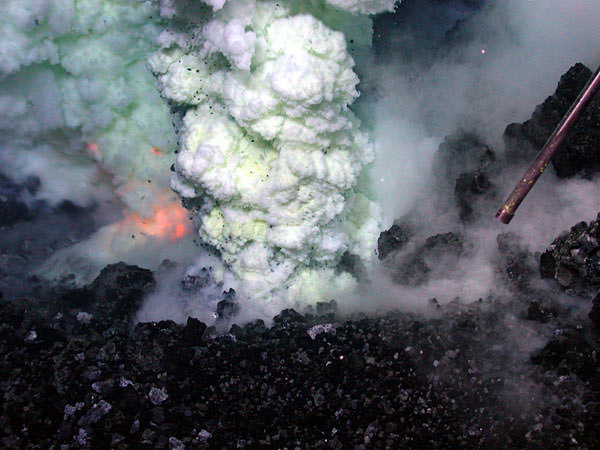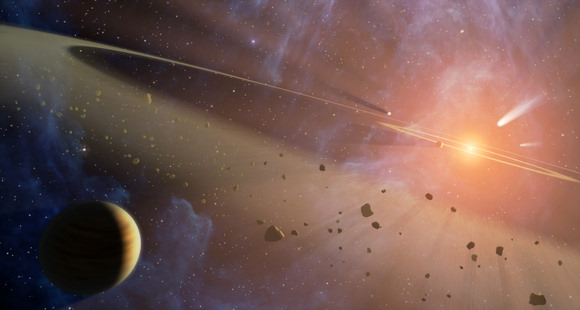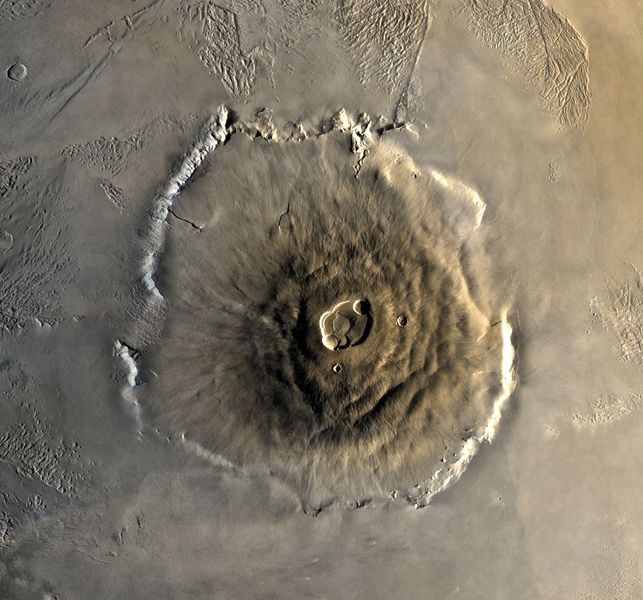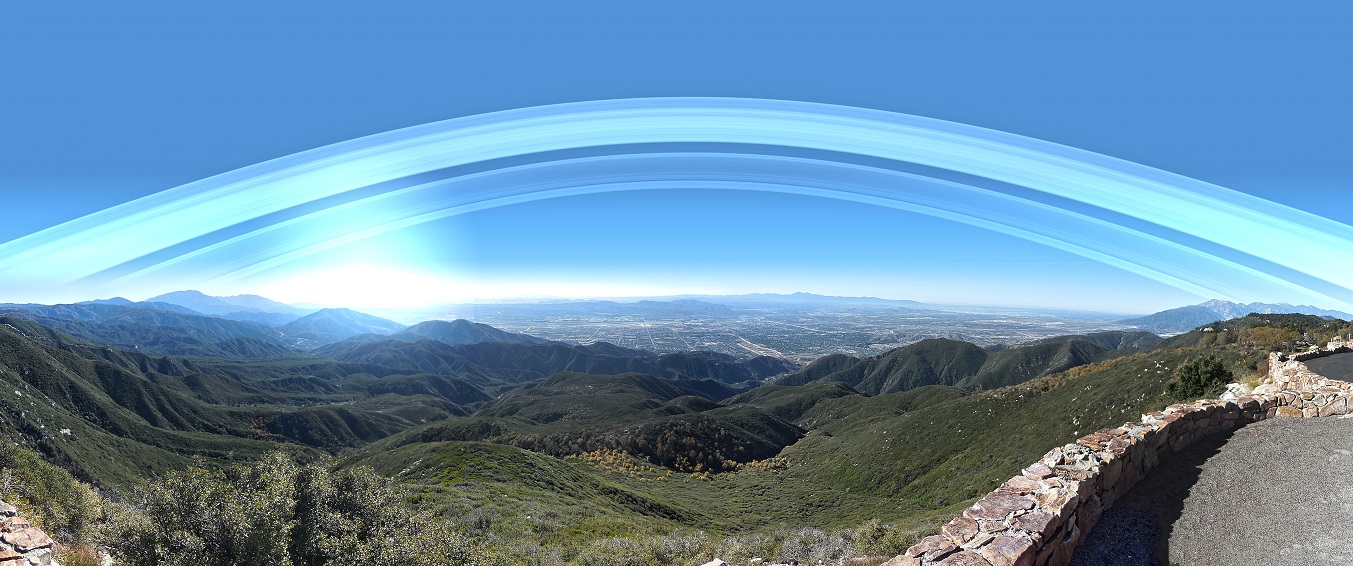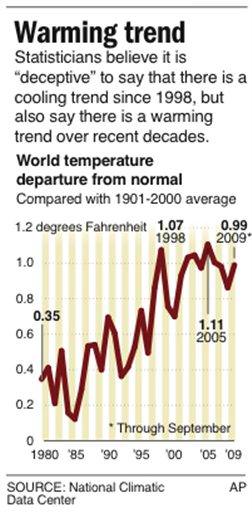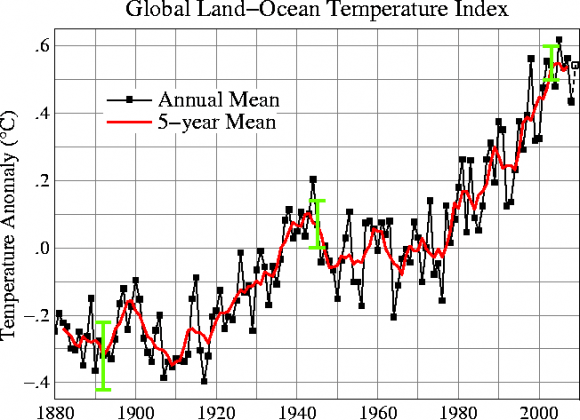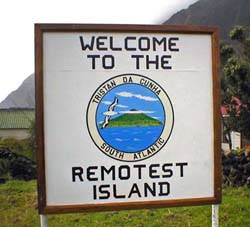[/caption]
The average distance to the centre of the Earth is 6,371 km or 3,959 miles. In other words, if you could dig a hole 6,371 km, you’d reach the center of the Earth. At this point you’d be in the Earth’s liquid metal core.
I said that this number is an average. That’s because the Earth isn’t a perfect sphere, it’s actually an oblate spheroid – a squished ball. The Earth is rotating on its axis, turning around once a day. Points on the equator are moving in a circle more than 1,600 km/hour. This creates a centrifugal force that pulls regions of the equator outward and flattens the poles.
The distance to the center of the Earth from the equator is 6,378 km or 3,963 miles. And the distance to the center of the Earth from the poles is only 6,356 km or 3,949 miles. That’s a difference of 22 km. In other words, if you’re standing on the equator, you’re 22 km further away from the center of the Earth than someone standing on the North Pole.
So if you did want to dig that hole into the Earth, the shortest distance would be from the North or South Pole. Good luck!
We’ve written several articles about the center of Earth. Here’s an article about the radius of the Earth, and here’s an article about the layers of the Earth.
If you’d like more info about the interior of the Earth, check out this article from the University of Nevada, Reno.
We’ve recorded an entire episode of Astronomy Cast about the Earth. Listen here, Episode 51: Earth.



